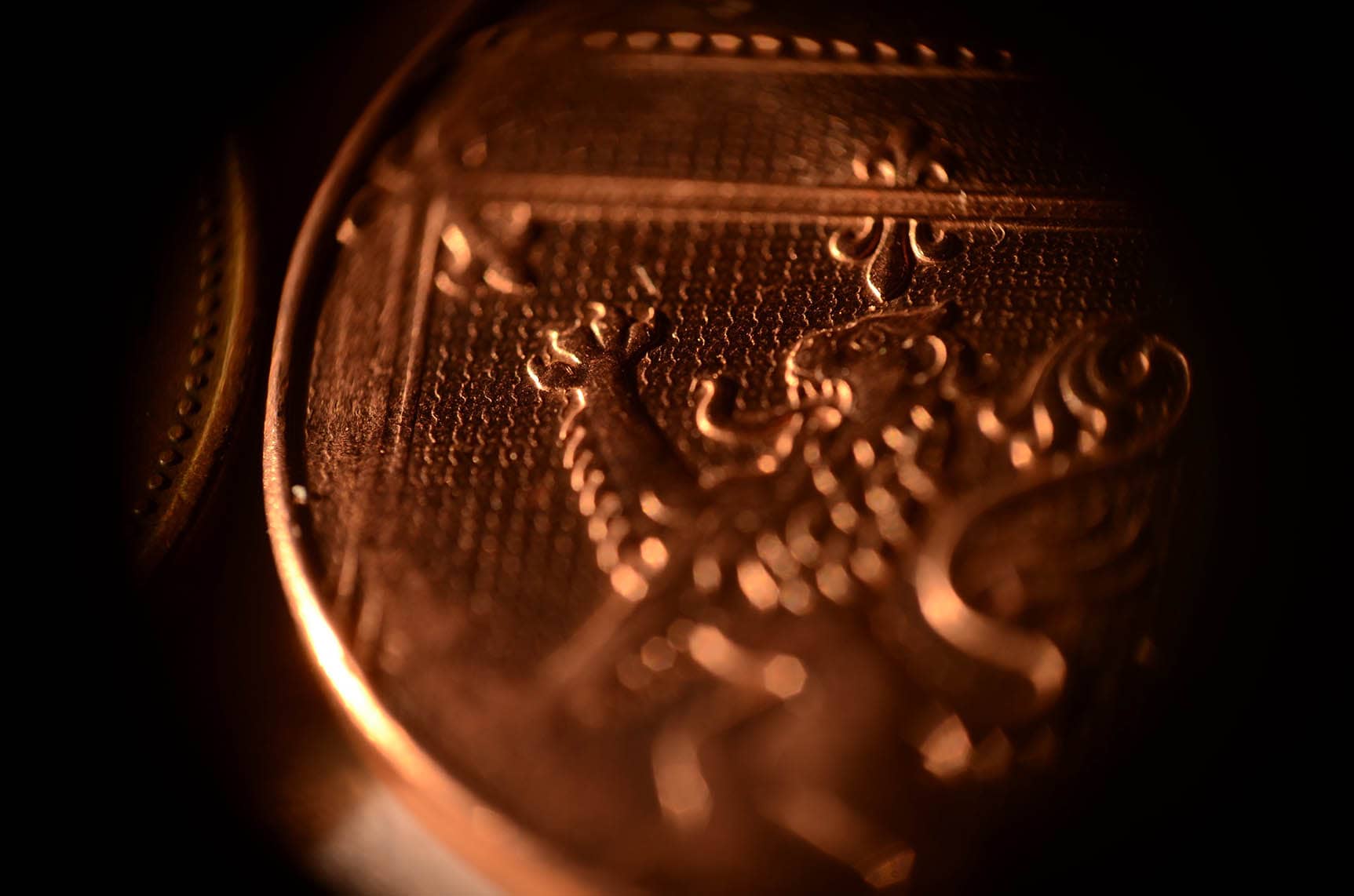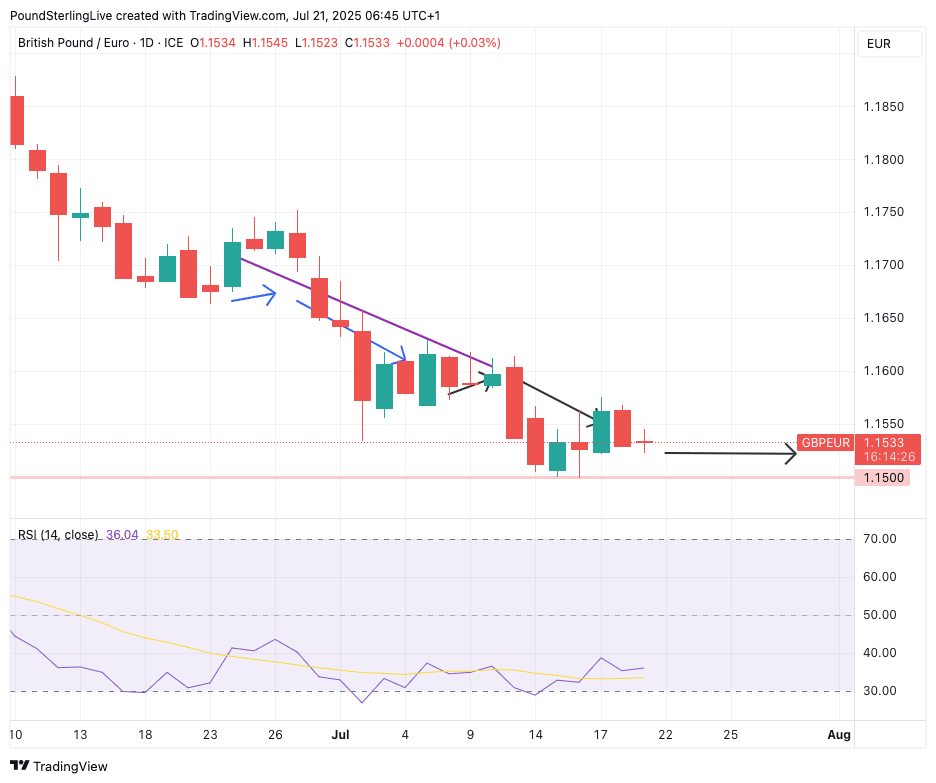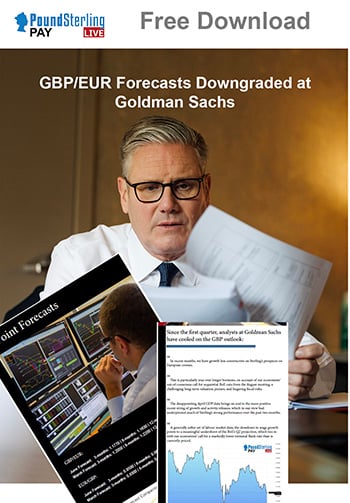
Image © Adobe Images
Pound Sterling remains stuck in a downmove against the Euro.
Although the selloff has been evident for many weeks now, we do see cautious signs that momentum is starting to wane, which means the scope for deeper losses this week is limited.
"We downgrade our GBP outlook but maintain our view that it should recoup some ground vs the EUR & the USD in H2 2025 and further outperform the EUR in 2026," says Valentin Marinov, Head of G10 FX Strategy at Crédit Agricole.
The current downtrend that dictates near-term direction in the Pound to Euro exchange rate (GBP/EUR) started in May when a peak at 1.1965 was rejected. The trend brought us down to a low at exactly 1.15 on two successive days last week.
1.15 therefore forms the level of support that we think will be relatively difficult to breach at the current juncture.
That being said, the trend is still lower and a risk of a break below 1.15 cannot be ruled out: the below chart shows annotations first drawn nearly one full month ago, and updated in subsequent Week Ahead Forecasts.
Above: GBP/EUR at daily intervals with Week Ahead Forecast annotations.
As can be seen, our directional predictions have been largely accurate, which will have served those looking to make international payments in GBP/EUR well.
Our latest annotation suggests that support will hold and the downtrend will enter a consolidative phase. Essentially, we are calling a break in the trend, which is a little risky for our Week Ahead Forecast model, as it tends to favour the current trend.
If support at 1.15 can hold, a recovery could even play out in the coming weeks, but we will first need to see how the next few days pan out.
The prediction also rests with the rise in the Relative Strength Index (RSI), located in the lower panel of the chart. The RSI has lifted from the floor and is starting to point higher, which indicates the selloff is losing momentum and entering a sideways cycle.
The fundamentals behind the expectation for a consolidative phase are quite compelling as a lot of bad news has already been priced into the Pound.
A slowing economy means the Bank of England will cut interest rates again next month and signal that it will do so again before year-end as it sticks to a quarterly pace of rate cuts.
The Pound has recently struggled under the weight of increasing bets for that August rate cut, and the rising potential for a third cut before the year is out.
However, expectations for that third cut were severely curtailed by last week's inflation and wage data that both beat expectations. They will remind the Bank that cutting too soon risks spurring inflation. If interest rate expectations can settle, the Pound can find itself better supported.
Also proving supportive of the Pound to Euro exchange rate is the relatively benign global stock market backdrop, suggesting investors are in a good mood and anticipating further record highs in the likes of the S&P 500 and FTSE 100.
"The S&P 500 continued to rise this week amid a solid start to the 2Q earnings season. With 59 companies having reported 2Q results, 61% of firms have beaten consensus earnings by more than a standard deviation of estimates, above the historical average of 48%. We forecast the S&P 500 will rise by 10% to 6900 during the next 12 months," says David J. Kostin, an analyst at Goldman Sachs.
A big risk to GBP/EUR would be a major market selloff, as there is a strong negative correlation between GBP/EUR and market volatility (GBP/EUR sinks when market volatility spikes, as was evident in early April when markets baulked at Trump's Liberation Day tariffs).
And bear in mind too that fears about the UK's debt situation continue to simmer in the background. However, we think this will come into focus around the budget when Rachel Reeves, Chancellor of the Exchequer, is anticipated to announce new tax rises.


